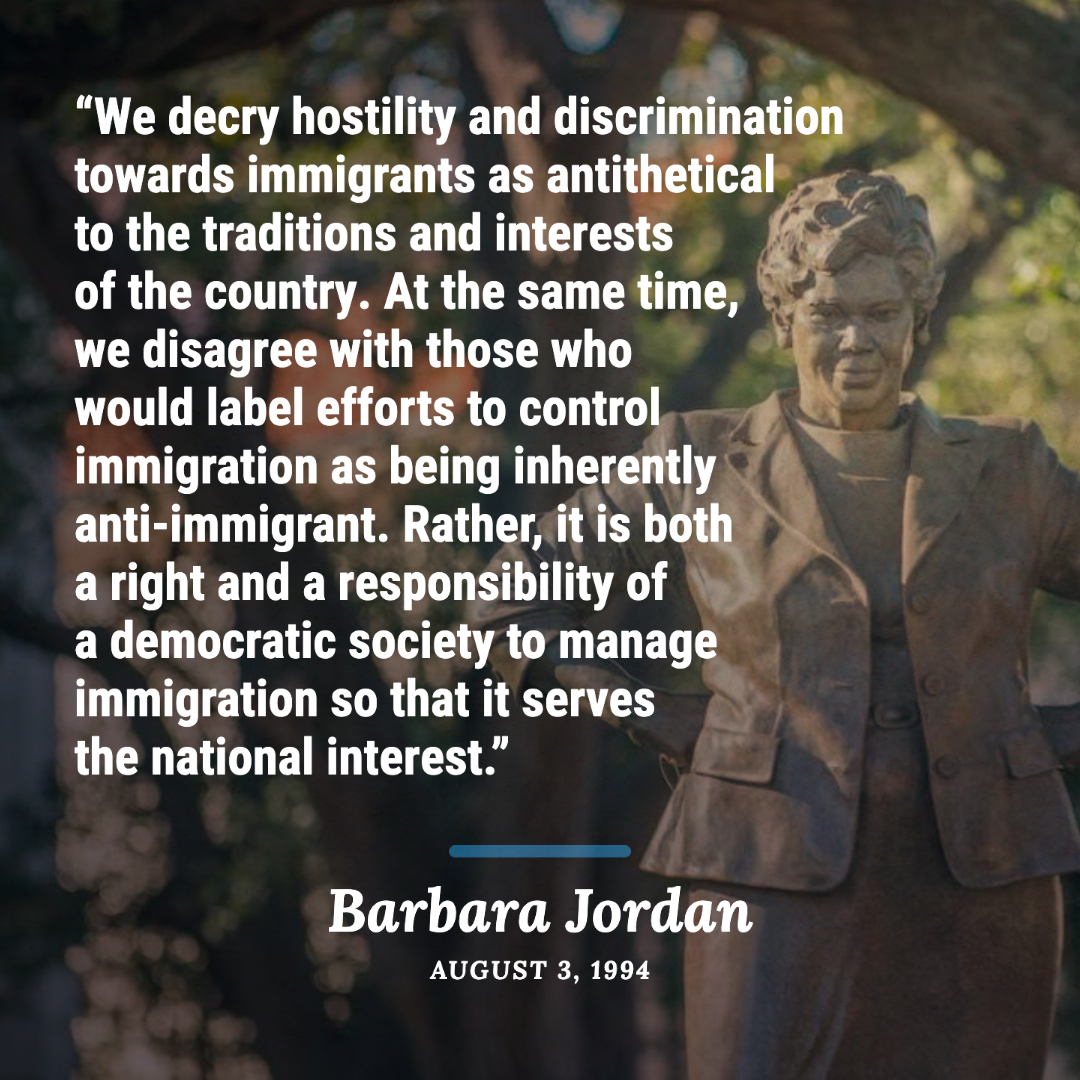
There is perhaps no greater warning sign for America than the lack of trust Americans have in our institutions. Trust in the media, which has become “a giant finger-wagging machine,” in the words of Matt Taibbi, has fallen to yet another all-time low. Americans are losing faith in our institutions for good reasons, but the fact remains that we need them.
With the midterm elections approaching, we’re unlikely to hear any politician speaking with candor like Barbara Jordan when discussing immigration, but David Leonhardt of The New York Times channels the late congresswoman in his conversation with Larry Mantle (click and share the video below!):
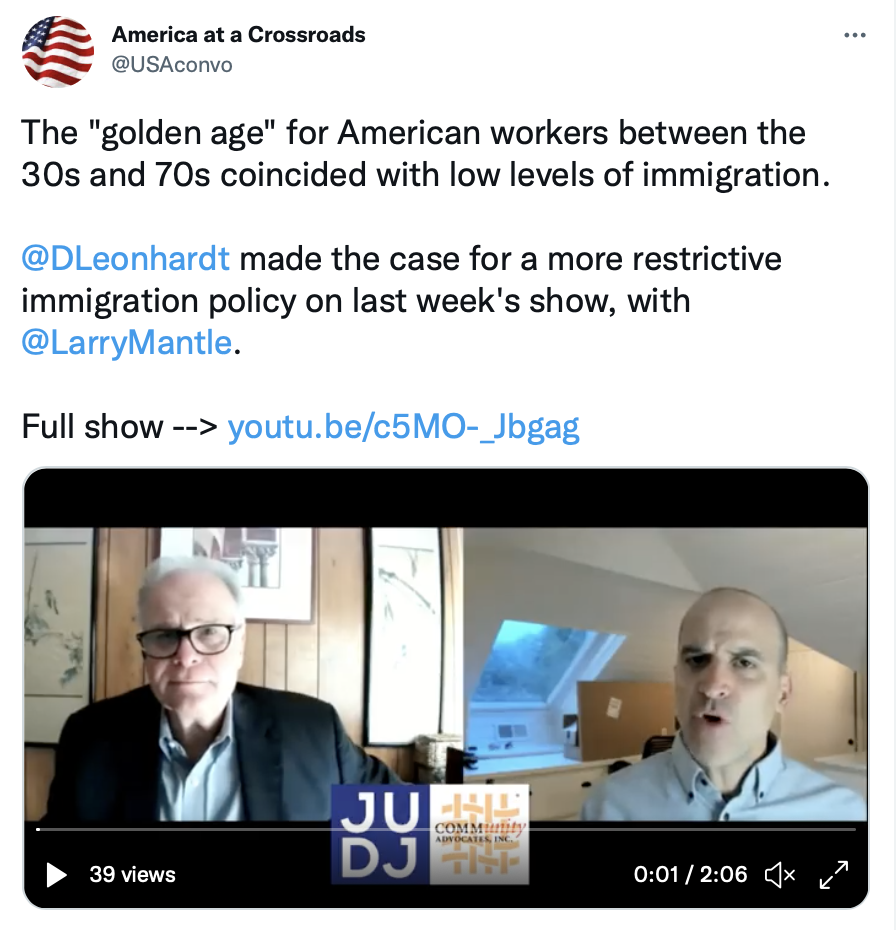
People have almost marginalized those who argue for immigration restriction as sort of, you know, either being racist or being ignorant. And the fact is, huge numbers of Americans, who vote for both parties, across races, favor tight border security, favor immigration enforcement. And there are real arguments for this. We have just come out of a 50 year period. We’re still in a 50 year period, with historically high immigration rates. Both legal and illegal. If you look at the percentage of the population that was born in another country, it is historically very high. And that does have downsides.
“People often look back to the 1930s to the 1970s as the Golden Age for the American worker. Wages rose really rapidly for the poor, for the middle class. They rose really rapidly across racial groups. What else was the case during the ’30s, from the ’30s to the ’70s? We didn’t have a lot of immigration. Rank and file workers faced less competition for their services. And it was also a period of greater political consensus.
“I’m not saying we would magically go back to political consensus with less immigration. But historically more immigration does tend to include increased political tensions. I do think that immigration policy that took serious the arguments for restriction, but also figured out how to admit people would be better than this what we’ve had, which is this growth in system with a lot of immigration without really debating it, and also a lot of illegal immigration.”
Leonhardt is calling for a civil, thoughtful debate that acknowledges tradeoffs. If you watch the longer clip, you’ll hear Leonhardt state that “admitting more immigrants and expanding the workforce really is an anti-inflationary policy.” That’s a popular position inside the Beltway, but Leonhardt takes the pragmatic step of illustrating the downsides.
Although there’s reason to believe that increasing immigration wouldn’t make a significant dent in inflation, it’s an easy way for Congress to do something without offending the donor class. One problem, as Oren Cass points out, is that the emphasis on efficiency over resilience (i.e. growing the economy by offshoring jobs and importing workers and consumers) is a big reason why so many Americans are left behind and no longer trust our institutions in the first place.
In a panel discussion hosted by Leonhardt, Cass specifically criticizes proposals to use immigration to address inflation:
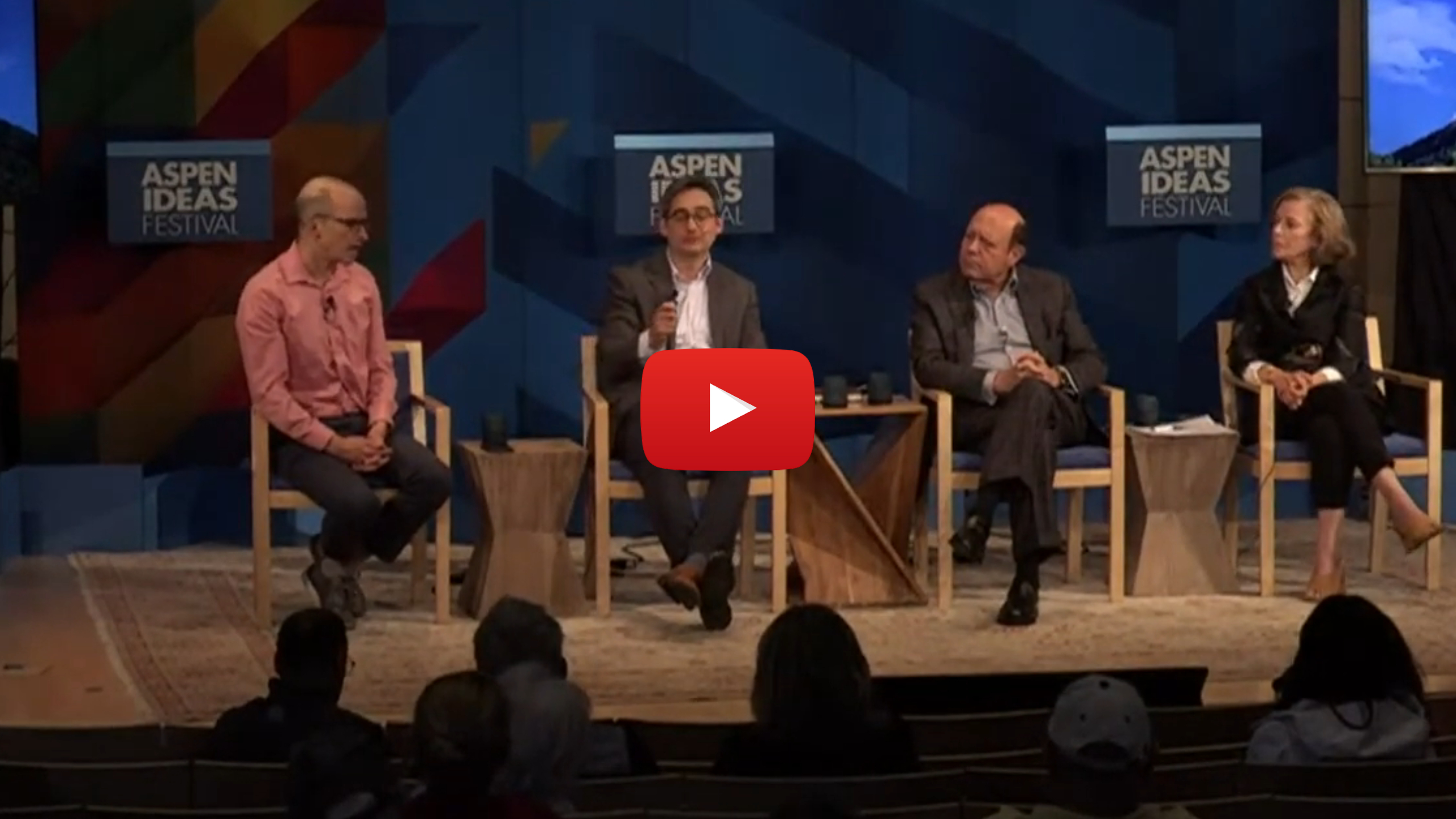
Expanding immigration, the actual theory here is, let’s find ways to suppress wages as a way of getting like, that’s the actual mechanism. And it doesn’t sound like such – the idea sounds less savvy if your idea is ‘hey let’s find ways to suppress wages to get out of this’. Especially when you then have to admit that one of the consequences of immigration is suppressing wages.”
Pamela Denise Long worries about how the surge in immigration over the past two years will hurt American workers, especially Black Americans, who arguably benefited more than any other group from the low-immigration period that Leonhardt talks about above:
As Roy Beck notes in his book Back of the Hiring Line, when national policy reduced immigration to less than 500,000 per year between 1940-1980, ‘the real incomes of white males expanded two-and one-half fold. The Black middle class grew from 22 percent of African Americans to 71 percent.'”

State-level analysis of labor force participation rates show a near universal decline for the less educated. There are over 50 million working-age U.S. residents (U.S.-born and foreign-born) not in the labor force. Over the past two decades, labor force participation rates declined for whites (84 percent to 79 percent), Blacks (79 percent to 75 percent), and Hispanics (81 percent to 78 percent). Some of that is choice. Much of that is lack of choice.
Against this backdrop, Long says that over-optimistic portraits of the economy “reeks of gaslighting” to many Americans:
…and then we have a border crisis with people just flooding into the country, and the pressures that places on demand as well as supply…and what you see is that Americans want an Americans-first agenda. That is what the American government is supposed to be doing…”
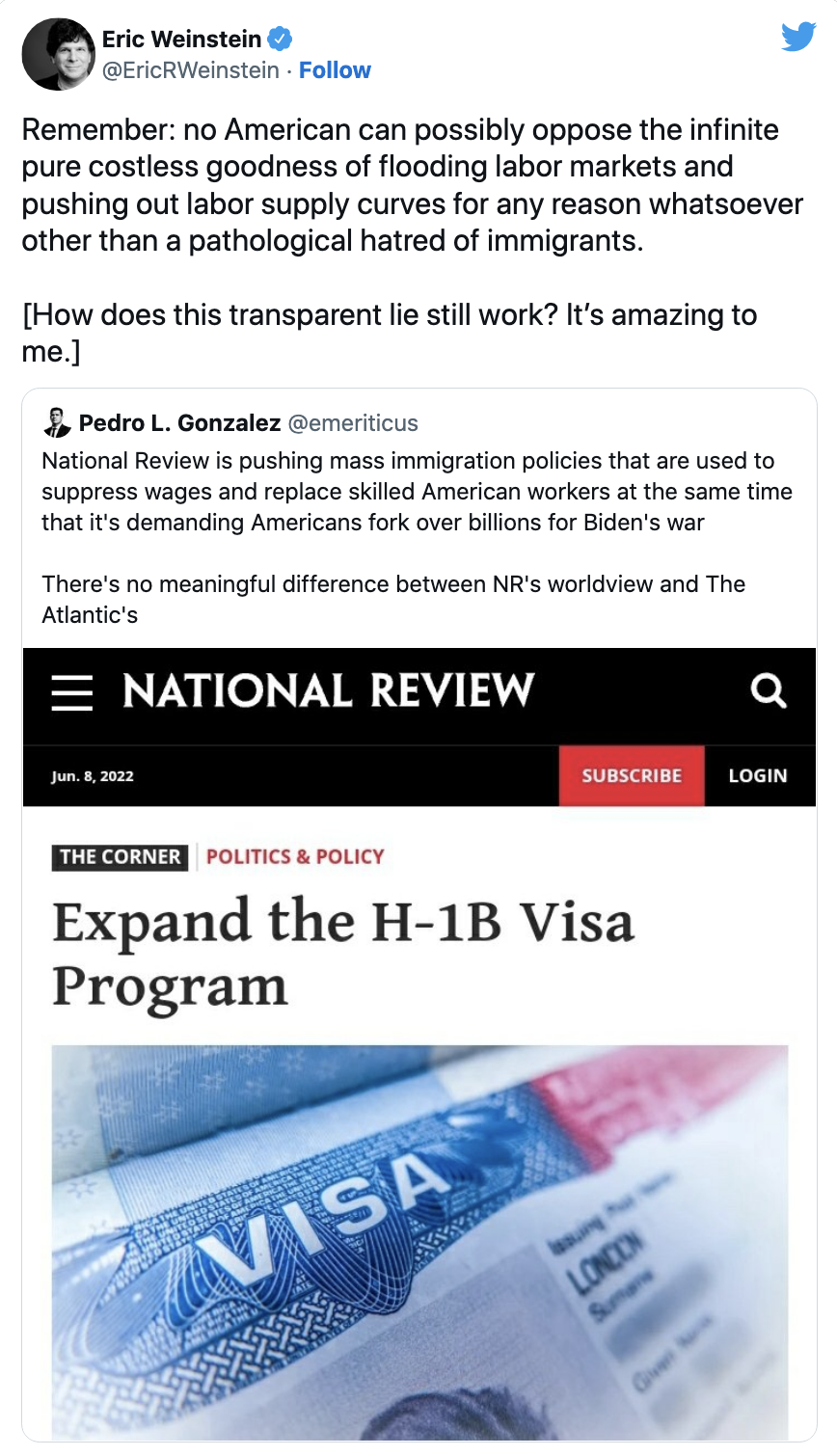
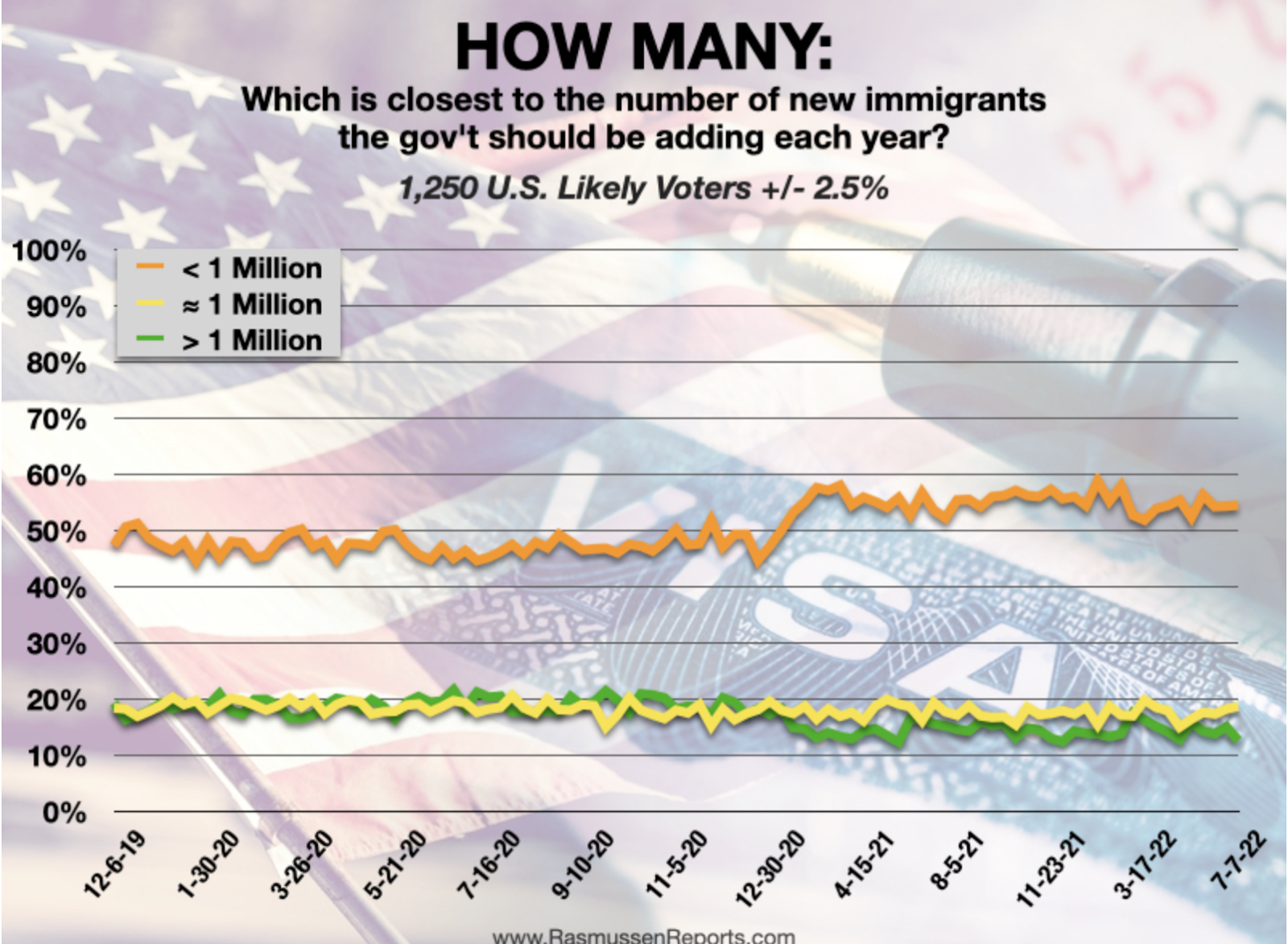
Tighter labor markets are good for workers. Looser labor markets are good for corporations and investors. Americans have competing interests here, but two-thirds of Americans don’t have college degrees and are disproportionately impacted by loose labor policies. Nevertheless, the current Congress has attempted to insert immigration increases into The Build Back Better bill, the COMPETES Act, and now the defense authorization bill – all during a post-COVID recovery, high inflation, and a looming recession. It’s pretty clear whose interests those actions are intended to serve.
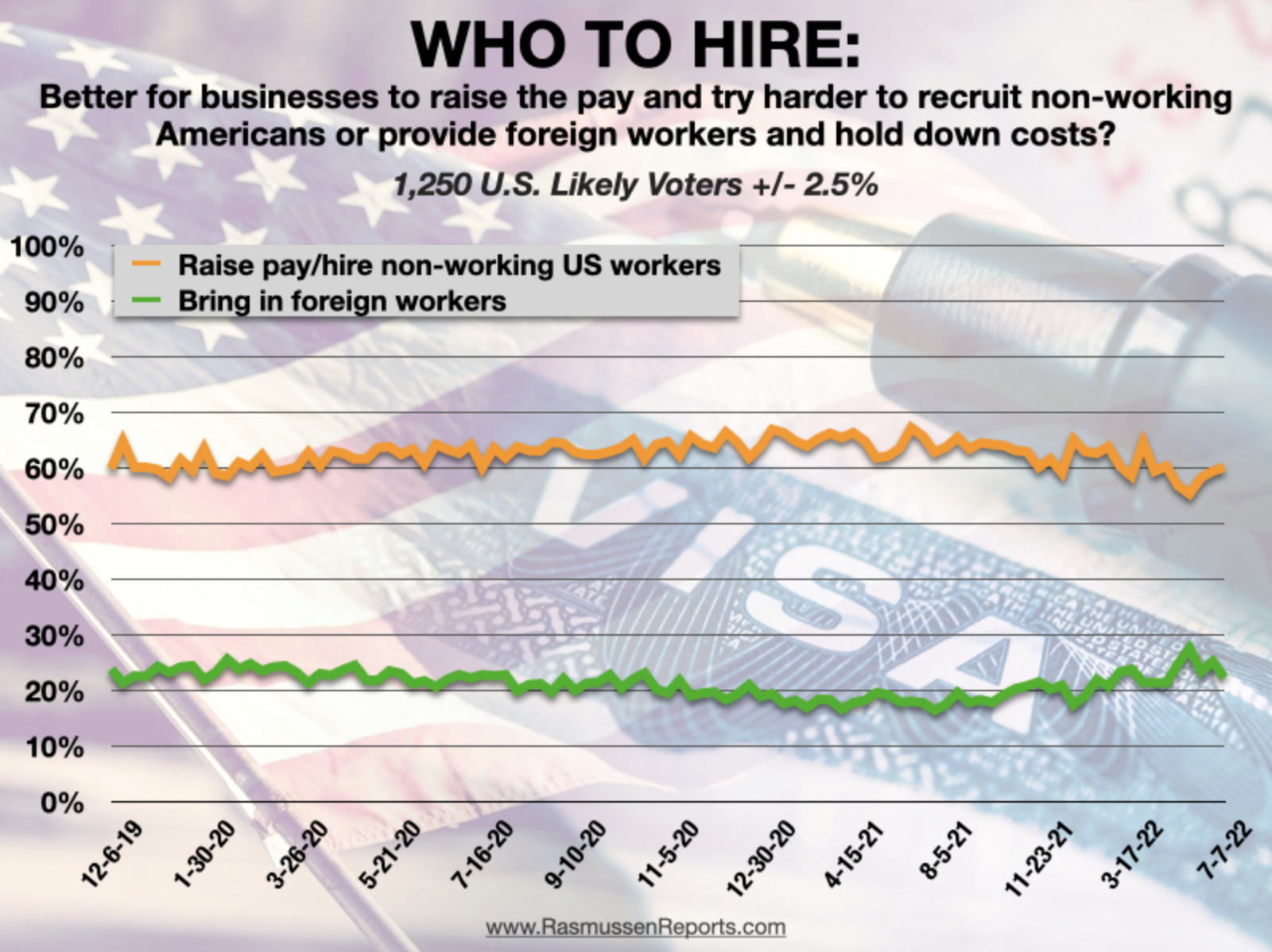
The immigration policies that contributed to the golden age for American workers in the mid-20th century were far from perfect. They included national-origin quotas that Americans rightly objected to. Those quotas were done away with in the 1965 Immigration Act, making our immigration system open to anyone, regardless of where they were born. But the 1965 bill also set up (inadvertently, say the bill’s authors) the largest wave of new immigrant workers in history — a wave that is ongoing to this day. The tight-labor policies of the mid-20th century are history.
The mid-20th century system got the numbers right but the openness wrong, while the current system gets the openness part right and the numbers wrong.
Leonhardt wants to take restrictionist arguments seriously while continuing to welcome new people into the national community. Cass and Long want a system that prioritizes American workers and their families. Weinstein wants a credible, transparent system. There are echoes of Barbara Jordan in each of their voices. Had she not died before Congress voted on her bi-partisan commissions’ recommendations, we’d most likely be evaluating a quarter-century’s experience of an immigration system designed to merge the best parts of the pre and post-1965 Act eras. That tragic loss (and lost opportunity) is in the past. For the time being, at least, these are some of the voices that are pointing toward the future.
JEREMY BECK is a V.P., Deputy Director for NumbersUSA